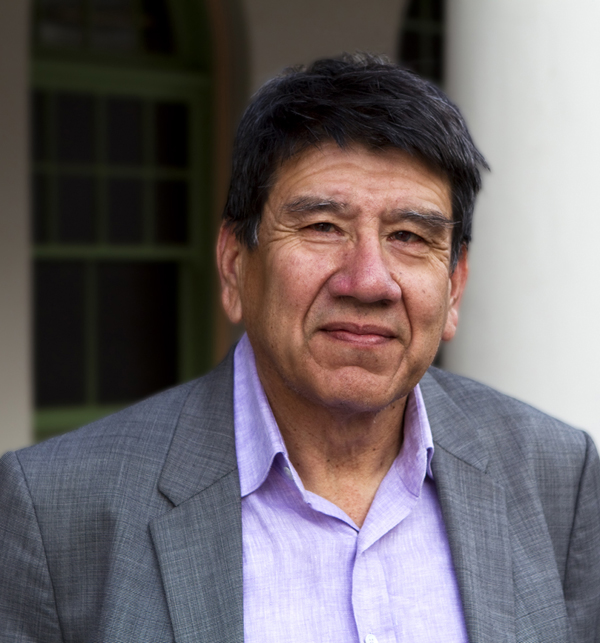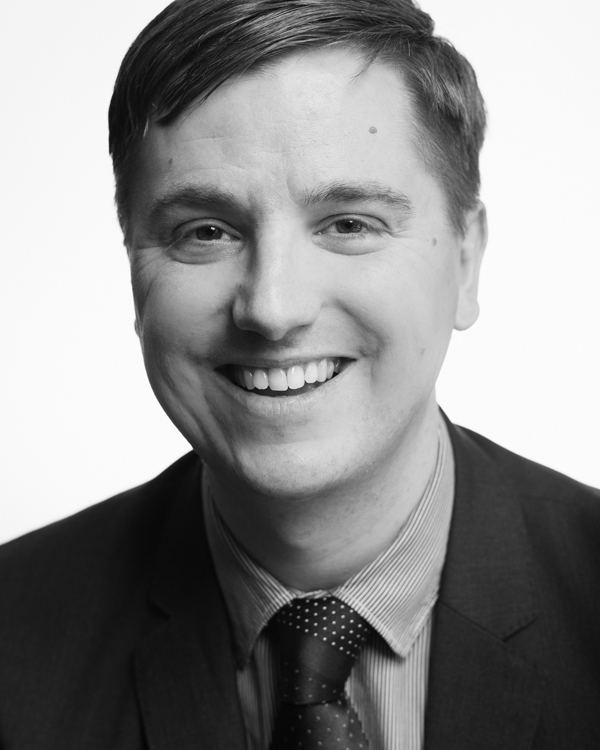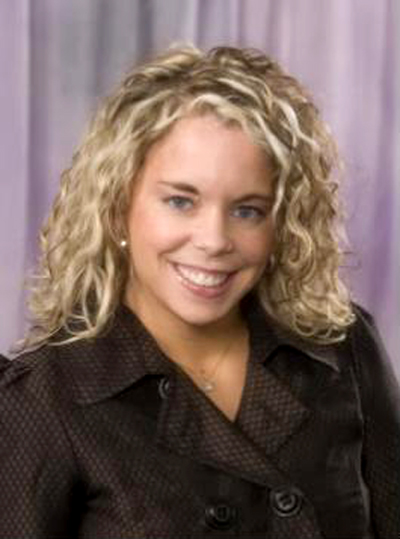Support for Creativity in Every Community
Tuesday, June 3, 2014, 2:00 EDT / 11:00 PDT [PASSED]
- Roberto Bedoya, Executive Director, Tucson Pima Arts Council
- Tom DeCaigny, Director of Cultural Affairs, San Francisco Arts Commission
- Jill Paulsen, Deputy Director, Cuyahoga Arts & Culture
Session 6 of the 10-part 2014 Web Conference Series
- Watch the presentation
- View the presentation slides
- Read questions and responses not addressed in presentation
Web conferences are free to the staff and board of GIA member organizations. The fee for nonmembers is $35. If you have already registered for another web conference in the 2014 series, please click the Register now! button and login, then click Agenda.
Description:
For decades, arts funders have been supporting creativity in communities where people live, and no groups are positioned to do this more effectively and efficiently than local arts agencies. Included in the missions of these governmental and nonprofit organizations is a mandate taken very seriously: service to all who live there. This webinar will feature a few extraordinary programs, both new and longstanding, that reflect a commitment to what some might describe as "underserved populations" and others might describe as communities within communities where a sense of shared experience, family, heritage, and culture provides inspiration for artists and audiences. Building on the challenge to engage communities, these three organizations have deliberately maintained programs to support diverse art forms and artists.
Jill Paulsen of Cuyahoga Arts & Culture will discuss their co-funding of thirty-five resident-led arts and culture programs through Cleveland Foundation’s grassroots community-building Neighborhood Connections Program; and Tom DeCaigny will provide an overview of San Francisco Art Commission’s Cultural Equity Grants, given to arts organizations and individual artists to nurture the continuing growth of a vibrant and diverse arts ecosystem, with an emphasis on culturally specific and historically underserved communities. Roberto Bedoya, Tucson Pima Arts Council, will present on their PLACE Initiative Grants, which were designed to leverage and enhance resources and talent to implement arts-based civic engagement projects that deal with issues of cross-cultural understanding, tolerance, and/or civil society.
Presenter Bios:
 |
Roberto Bedoya has consistently supported arts-based civic engagement projects and advocated for expanded definitions of inclusion and belonging throughout his career. As executive director of the Tucson Pima Arts Council, he established the innovative PLACE (People, Land, Arts, Culture, and Engagement) Initiative to support projects in Tucson. Bedoya’s tenure as executive director of the National Association of Artists’ Organizations (NAAO) from 1996 to 2001 included serving as co-plaintiff in the lawsuit Finley vs. NEA. His essays “U.S. Cultural Policy: Its Politics of Participation, Its Creative Potential” and “Creative Placemaking and the Politics of Belonging and Dis-Belonging” reframed the discussion on cultural policy to shed light on exclusionary practices in cultural policy decision-making. Bedoya is also a poet, whose work has appeared in numerous publications, and an art consultant, with projects for Creative Capital Foundation, the Ford Foundation, The Rockefeller Foundation, and the Urban Institute. |
 |
Tom DeCaigny is the director of cultural affairs for the City and County of San Francisco. He oversees the San Francisco Arts Commission (SFAC), a $20 million City agency that champions the arts as essential to daily life by investing in a vibrant arts sector, leading cultural policy, and creating an enhanced urban environment. Before his 2012 appointment, Tom was an independent consultant and strategist in the fields of arts and culture, youth development, and education. He served nine years as executive director of Performing Arts Workshop, a San Francisco-based organization dedicated to helping marginalized young people develop critical thinking, creative expression, and basic learning skills through the arts. He helped found an arts middle school for youth in the juvenile justice system, managed the AIDS Memorial Quilt’s National Youth Education Program, and conducted research for the National Committee for Responsive Philanthropy. He is a 2007 alumnus of the LeaderSpring fellowship program and was invited to present at the first-ever UNESCO World Conference on Arts Education in Lisbon, Portugal. He currently serves on the Board of Directors for the California Alliance for Arts Education and is a prior co-chair of LYRIC, an LGBTQQ youth community center in San Francisco. Tom has a B.A. in Dramatic Arts from Macalester College in St. Paul, and currently resides in San Francisco. |
 |
As deputy director, Jill Paulsen oversees Cuyahoga Arts & Culture’s grantmaking programs, strategy, research, and evaluation. She’s committed to building strong relationships with CAC’s cultural partners and strives to help connect the work of arts and cultural organizations to the needs of our community.
Prior to joining CAC in 2011, Jill was a program officer at the Cleveland Foundation, overseeing a portfolio of nearly $18 million for more than 75 grantees representing arts and culture, economic development, education, and health/human service organizations. In addition to her experience in public and community foundation philanthropy, Jill served as the first fellow at the George Gund Foundation, Ohio’s largest family foundation. Jill was also a grantmaking consultant to the Corporation for National and Community Service (Washington, DC) and worked at the Minnesota AIDS Project in her hometown of Minneapolis. Jill is a Phi Beta Kappa graduate from Grinnell College with bachelor’s degrees in French and sociology, and has a Master’s degree in nonprofit management from Case Western Reserve University. She is a graduate of the Wilder Foundation’s James P. Shannon Leadership Institute, the Diversity Center’s Lead Diversity program, and the YWCA Momentum women’s executive leadership program. She is on the board of Care Alliance community health center and chairs the AIDS Funding Collaborative advisory board. Jill is a resident of downtown Cleveland. |
Questions from Online Session
Questions to Cuyahoga Arts & Culture
Is Cuyahoga Arts & Culture hands-on with the Neighborhood work? Or does NC take lead? Any other partner funders?
Did Cuyahoga go through a cultural planning or a broad based community planning process?
What measurable outcomes have you shared with funders to raise dollars for these programs? Which have been most effective?
Question to Tucson Pima Arts Council
Does TPAC share their evaluation development and findings with area funders and nonprofits?
Questions for All Presenters
How do you see equitable grantmaking occurring in communities/regions that are not as diverse or have the breath (and depth) of financial resources that the cities/communities that you represent?
Are any of you using tax policy to enhance your strategic objectives?
Do you have materials/info available on capacity building and leadership development efforts? Program(s) structure(s)? Assessments what is or isn’t working?
What type initial engagement activities did you use to bring the community together?
What is the level of risktaking that your agency is willing to take in dealing with these new projects?
What percentage of your overall grantmaking dollars, are going specifically to communities of color and/or immigrant/refugee communities?
